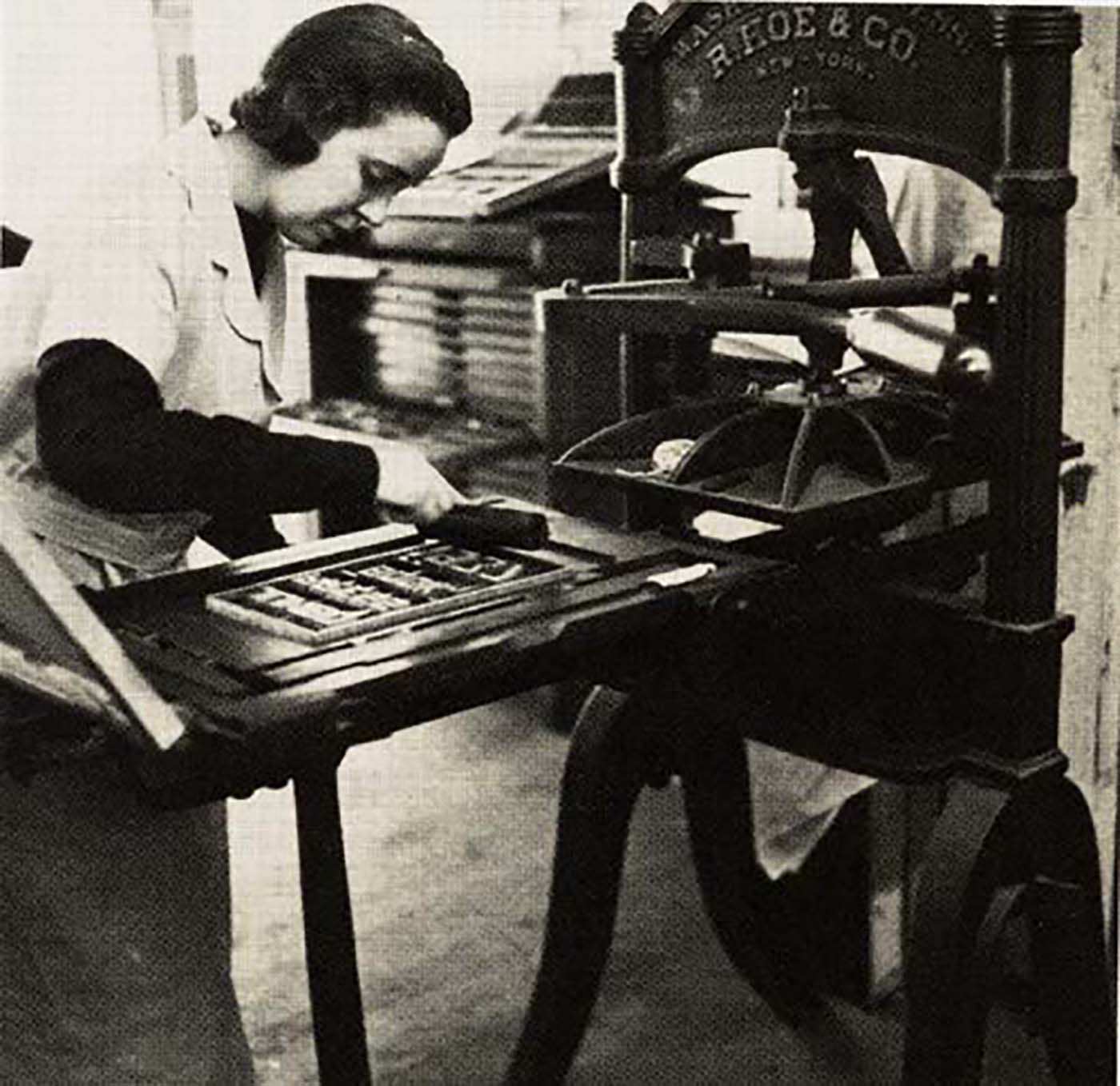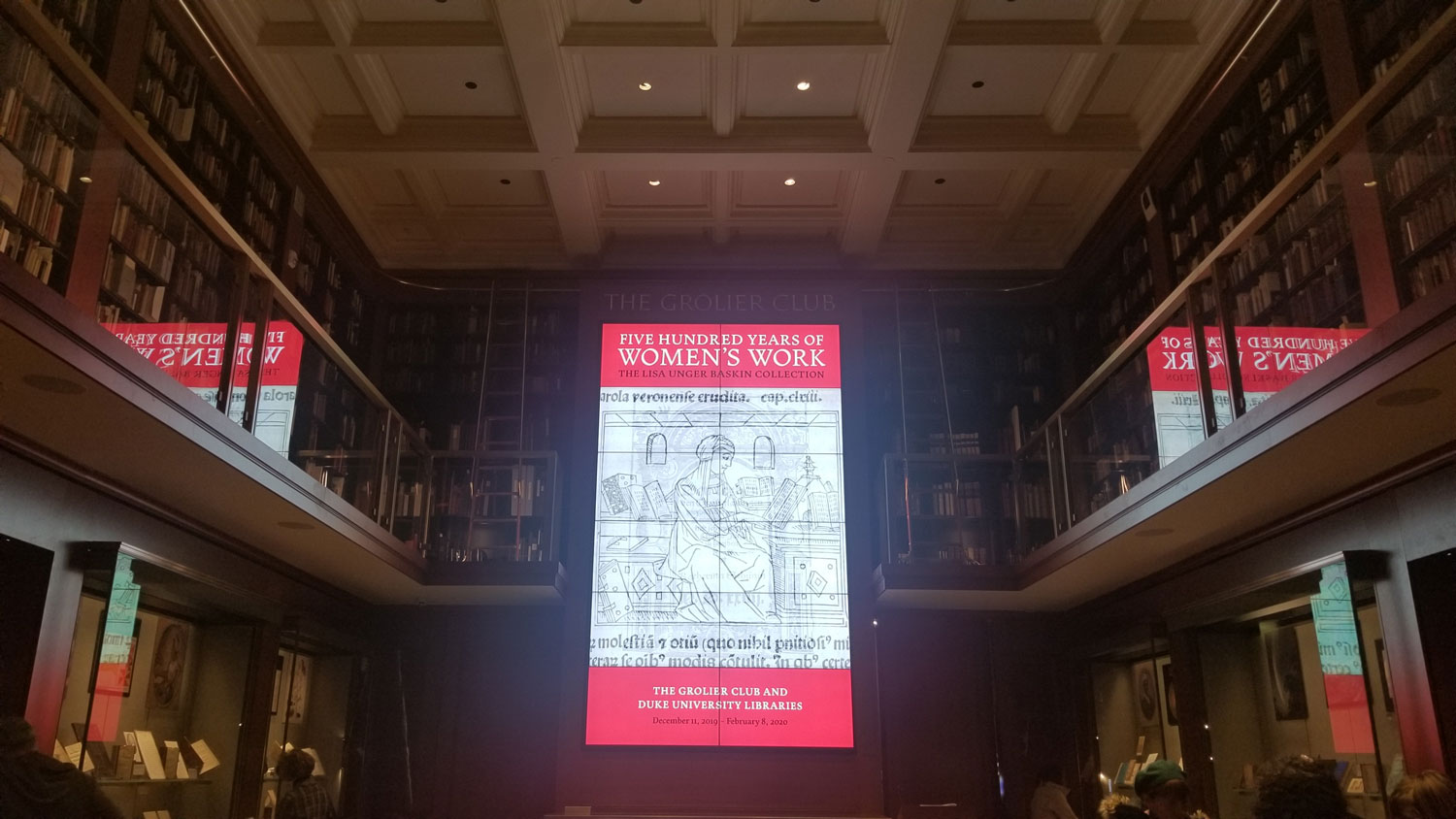In 1937, occupied with “proof-reading, folding printed sheets, hounding delinquent clients, [and] writing letters and even introductions to books” in her husband and brother-in-law’s Grabhorn Press, Jane Bissell Grabhorn “suddenly revolted and decided to do some printing of her own and by herself” (Grabhorn “Mea Culpa”). The act of revolt on Grabhorn’s part would become just one instance of many in which she would defy expectations through her printing enterprise, the Jumbo Press, which she operated single-handedly from 1937 until her death in 1973. Employing typography and print to express feminist thought processes in her hand-press productions of satire, wit, and ephemera, Grabhorn exclusively utilized letterpress printing as a place of rebellion. As Grabhorn notes in her 1937 A Typografic Discourse, a piece originally published as part of the volume, Bookmaking on the Distaff Side, her press realizes the ways in which women’s work might reimagine the male-dominated sphere of printing and its influences: “Jumbo stripped the mask from typography’s Medicine-Men and their disciples have seen them as they are: —pompous, tottering pretenders, mouthing conceits and sweating decadence” (8). Grabhorn’s perspectives on the art of printing itself would prove to continually subvert expectations of women’s roles—and more importantly, the increasing relevance of the female printer’s place in printing history.

Jane Grabhorn printing on the Washington hand press, ca. 1945 (Princeton University Libraries)
Continue reading →

